(3500 products available)


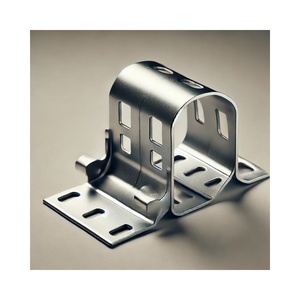



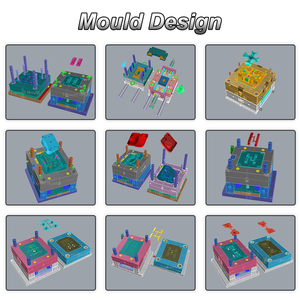


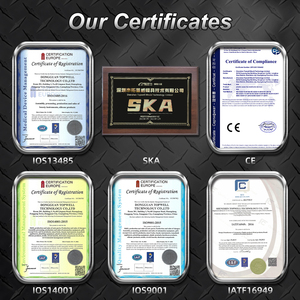





































































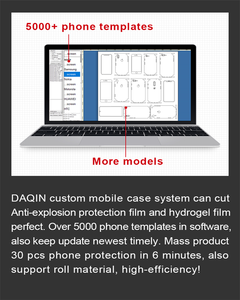












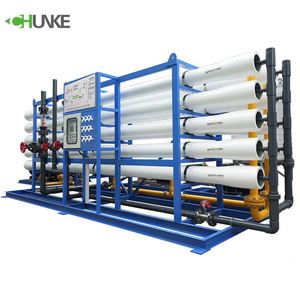










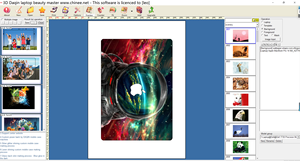

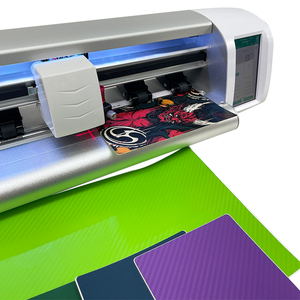
































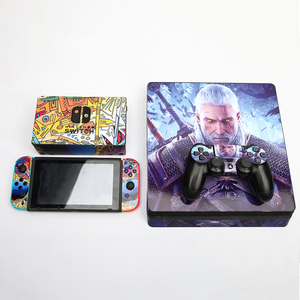








































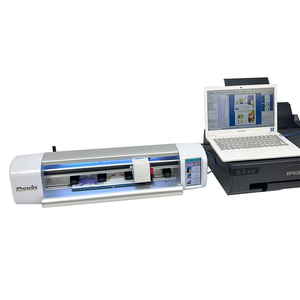





3D design software is a powerful tool that allows engineers, architects, game developers, and hobbyists to create three-dimensional digital models. With this software, people can make everything from realistic character to complex mechanical parts, and breathtaking architectural visualizations. The process of making a 3D model usually involves starting with a basic shape, and then adjusting and refining it to create the desired people or object. Many 3D design programs offer features like texturing. These help to give surfaces of the model realistic appearance. Providing detailed information about the 3D model, and animating it to bring it to life.
There are different categories of 3D design software, which include computer-aided design (CAD), sculpting, animation, and mesh design software.
Computer-aided design (CAD) software is mainly used for technical drawing and creating precise 3D models.
Sculpting software is more focused on creating organic shapes like characters, and creatures using a digital clay approach. This allows detailed adjustments to be made to the model to give it a realistic appearance. Animation design software enables people to bring 3D models to life through animations. By creating rigged skeletons, and defining how the model will move, animations can be created for games.
Mesh design software is helpful for making hard surface objects like cars or softer organic shapes. It is also used to fix if there are any problems with a 3D model.
The functions of 3D modeling software vary widely according to its features, tools, and capabilities.
3D design software is used in numerous industries and applications due to its capabilities in object modeling, animation, and visualization. The following are some of the common applications of 3D design software;
3D Printing
3D printing relies heavily on 3D design software to create digital models for printing. Designers use the software to create prototyped models and product designs that can be physically manufactured using additive manufacturing techniques. The software helps in preparing the model for printing by allowing users to check the dimension, mesh, and other characteristics required for successful printing.
Architecture and Construction
Architects also use 3D design software to create detailed. Visualizations of in-house landscapes, buildings, and infrastructures. This software aids in the design of complex structures and provides simulations that help in analyzing the functionality of the structure. Clients may also use the software to tour the building before actual construction begins through rendering realistic walkthroughs and animations.
Product Design and Development
Product designers utilize 3D design software to create models of their envisioned products. This software provides designers with the tools they need to function such as simulation and testing to ensure the product meets all required specifications. After successful testing, the designer can use the software to produce the final manufacturing documents and specifications for the production of the product.
Entertainment and Media
The entertainment industry relies on 3D design software to create eye-catching visual effects for games, television, and movies. With this design software, it is possible to create realistic character animations, modeling, and rendering to produce impressive scenes and visuals. Additionally, the software can be used to create assets for graphic design, virtual reality, and augmented reality applications.
Medical Imaging and Visualization
In the Medical field, practitioners use 3D design software to visualize and create 3D models from patient imaging such as MRIs, ultrasound, and CT scans. This software assists in diagnostics, surgical planning, and other medical applications. 3D design software can also be used to design medical equipment, prosthetics, and implants to achieve a desired fit and function.
Education and Training
3D design software is also used for training and education purposes. This includes creating interactive simulations, virtual labs, and 3D visualizations to enhance learning experiences in various fields such as engineering, medicine, and science. With designs software, trainers can design realistic scenarios to provide hands-on training that improves skills and knowledge retention.
Simulations and Analysis
Various types of simulations such as Computational Fluid Dynamics (CFD), Finite Element Analysis (FEA) and Physics simulation are integrated with 3D design software to provide designers with tools needed to test their designs in a simulated environment. This enables them to test their design for accuracy as well as functionality before they are constructed physically.
Visualization and Rendering
3D design software provides designers with tools to create realistic visualizations and renderings of their 3D models. This is important for generating marketing materials, presenting design concepts, and creating artistic visualizations for Architecture, Product design, and Entertainment industries.
Target Applications:
Consider what the pivoted 3D design software will be utilized for, whether it's item displaying, engineering visual communication, or computer game advancement. Fit for your necessities, as various applications might focus on began highlights.
Core Features:
When shopping for 3D modeling software, ensure the core features of the software include physical rendering, good UX/UI, and cross-platform compatibility. Users may need to render 3D models in the software to test the quality in real-life situations before purchasing. A good UX/UI will make it easy for users to learn the software faster and use it for 3D design. Cross-platform compatibility means that the software should work on Windows, Linux, and Mac OS so that users have more options to choose from when using the software. These optional features are very important for 3D modeling, animation, and game development." Designers may need to create animations or bring 3D models to life in the software they choose, especially if they are creating characters or objects for games or videos. The software should have animation tools to help create moving 3D designs. Gamedev customers will look for rendering features that provide a visual that meets console or hardware limitations while maintaining performance expectations.
Advanced Features:
Several optional features can enhance 3D design, but they are not necessary. The first is AR/VR support, which allows a design to be viewed in augmented or virtual reality. Collaboration tools enable several designers to work on a 3D object together in real time. Cloud rendering uses powerful off-site computers to create high-quality 3D design images quickly. Online education and support resources such as forums are very helpful for customers using the software for the first time and can help solve any problems encountered.
Learning Curve:
Consider how easy or hard it will be to learn the software. Beginners need a program that offers good learning materials and doc3Dumentation to help them get started. More experienced users may prefer a software program with more advanced features, even if it takes longer to learn.
Community and Support:
A software's user community can be very useful in getting help, learning new tips and tricks, and sharing ideas. Check if the 3D design software has an active forum or online users' group. Also, look at the kind of technical support offered by the software maker in case there are ever any problems.
Cost and Licensing:
When buying 3D design software, be sure to check the total cost, which includes the purchase or subscription fee and other expenses like renewal and upgrade fees. Also, check the software license to know what is and isn't allowed legally. This will help users choose a program that fits the budget and legal needs while understanding the costs and rules.
Q1: What types of 3D modeling software are available?
A1: Based on the user's skill level, professional, beginner, or somewhere in between, different kinds of 3D design software that cater to different needs are available, such as CAD (computer-aided design software), open-source modeling tools, organic modeling software, game engine software, and architectural visualization software.
Q2: What hardware is required for 3D design software?
A2: Because 3D design software can be very resource-intensive, it is important to ensure that the PC or laptop being used has the required specifications — hardware and software. One should check the minimum and recommended system requirements from the software vendor before purchasing to make sure it will run smoothly.
Q3: What industries use 3D modeling?
A3: 3D modeling finds applications in many industries, including animation and gaming for creating digital characters and game assets; architecture for building design, visualization, and virtual reality; product design for making accurate prototypes; film and television for visual effects; education and training for simulations and medical visualizations; interior design, fashion design, web design, and art.
Q4: How to choose the right 3D modeling software?
A4: Several factors need to be considered before deciding on a 3D modeling software — budget (which can be zero for open-source options or in the thousands for high-end proprietary software), ease of use (beginner-friendly vs. advanced), required features (parametric modeling vs. sculpting), industry standard (software widely used in a specific field), and licensing options (cloud-based vs. desktop). A good starting point is to list out the projects and goals and then evaluate different options against those criteria.
Q5: How is 3D modeling different from 3D designing?
A5: While closely related, 3D modeling and 3D designing have some differences. 3D modeling is focused on creating a three-dimensional object/mesh from scratch, whereas 3D designing refers to the overall visual development of a project, which may include 3D designing, but could also be more general, such as designing an interface in 3 dimensions (UX/UI designing) or designing a series of motion graphics (Motionscape designing).